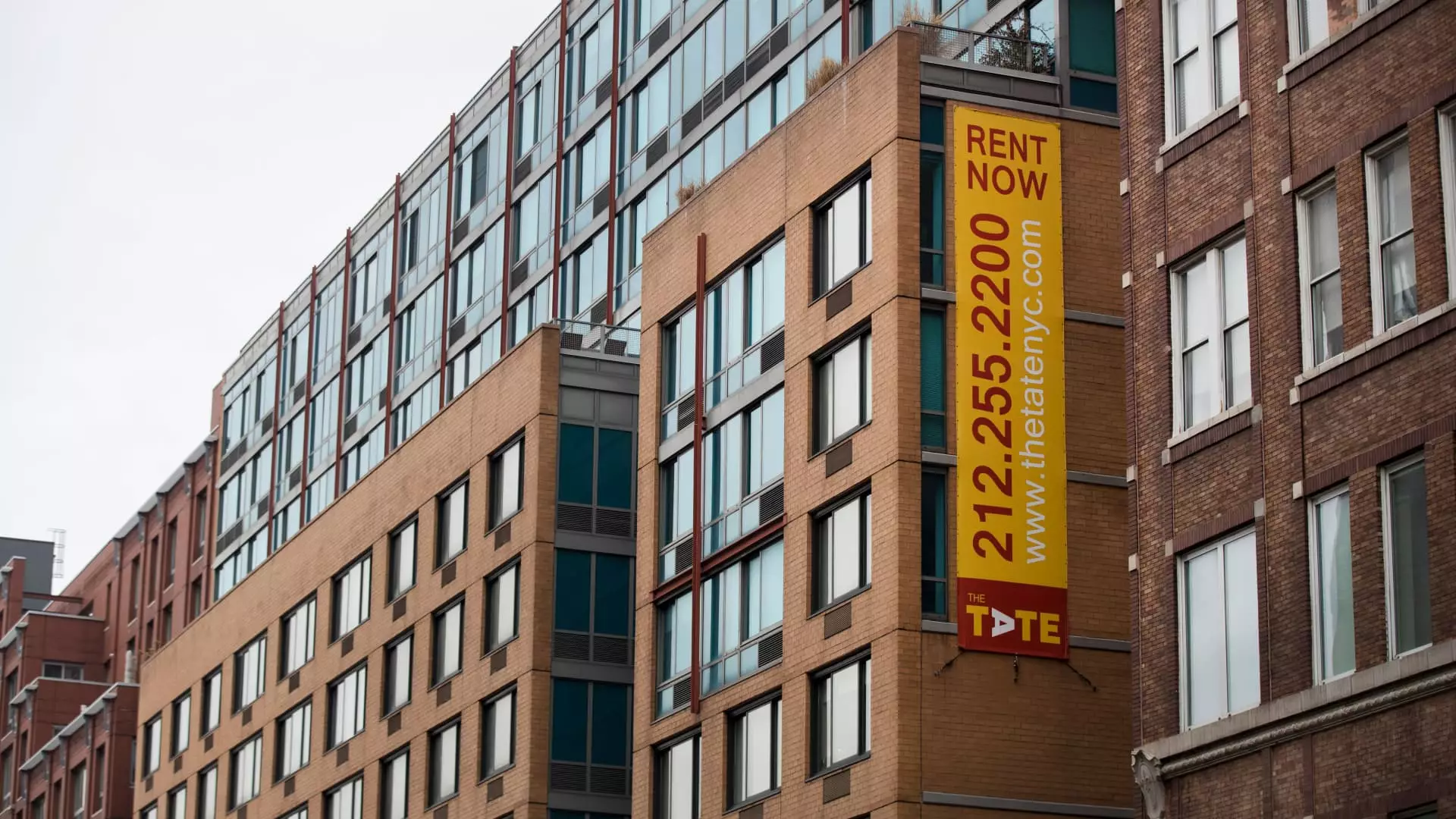In recent times, the rental landscape has been experiencing an unexpected transformation that has left both landlords and tenants navigating a complex web of challenges and opportunities. Traditionally, renting has been perceived as a more economical path compared to homeownership. However, the striking drop in tenant turnover has raised eyebrows among analysts and prompted a closer examination of what this means for the future of housing. About half of renters in major urban centers typically transition every time their leases expire, but that norm has plummeted to just 30% in some cases. What is driving this change?
Economic Pressures and Stability
The ongoing economic uncertainty plays a pivotal role in this shift. High inflation rates, coupled with rising interest rates, have created a dire situation where potential homebuyers are increasingly deterred by exorbitant property prices and refinancing costs. This economic backdrop has fostered an environment where renters are more inclined to stay in their current homes rather than risk venturing into the tumultuous real estate market. As renters weigh their options, the appeal of stability in a familiar environment becomes paramount, leading to diminished mobility within rental communities.
The Impact of Location and Space
Geographical nuances are also shaping renting behavior. Coastal regions, long known for their limited rental supply, are grappling with increasing demand. The desirability of larger suburban apartments is growing as tenants seek more space and comfort, a desire heightened by the lifestyle shifts brought about by the pandemic. With telecommuting becoming a norm, many individuals now seek environments that promote a balance between work and leisure. This shift not only affects people’s living preferences but allows landlords to maintain pricing power on renewals, reinforcing their financial standing while minimizing turnover-related expenses.
Market Rebound Amidst Caution
Interestingly, the multifamily sector isn’t as bleak as one might expect. Recent reports indicate that rents have started to rebound, with notable year-over-year increases. A remarkable statistic is that the multifamily vacancy rate has dipped to 4.8%, at a breathtaking pace not witnessed in over two years. This drop signals potential growth and a resurgence of interest in urban living, particularly in tech-fueled cities like San Francisco and Seattle, where corporate mandates are nudging employees back to their workplaces.
Investing in the Future of Rentals
For investors, these dynamics have not gone unnoticed. Certain multifamily real estate investment trusts (REITs) are poised to thrive under these changing tides. Notably, those with a strong foothold in high-demand regions, such as Essex Property Trust, are ripe for consideration during this transformative period. Their strategic positioning allows them to capitalize on renewed demand while simultaneously catering to the evolving preferences of renters.
As we look ahead, it’s clear that while many factors contribute to the current state of the rental market, the underlying trends are shifting rapidly. Landlords have the opportunity to adapt and thrive, while renters must navigate a new reality that favors stability amidst uncertainty. Whether these trends signal a temporary adjustment or the start of a lasting transformation remains to be seen, but one thing is certain: the rental market is evolving in ways that will reshape urban living for years to come.

Leave a Reply